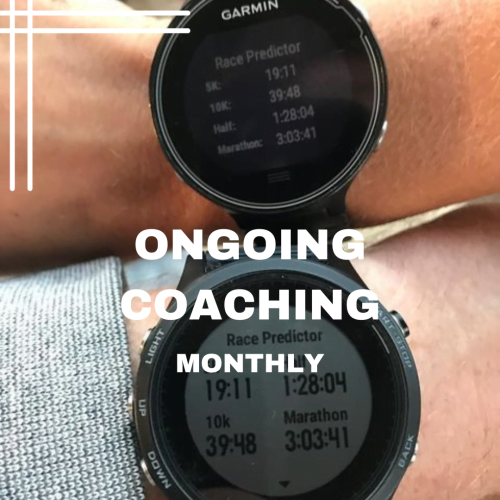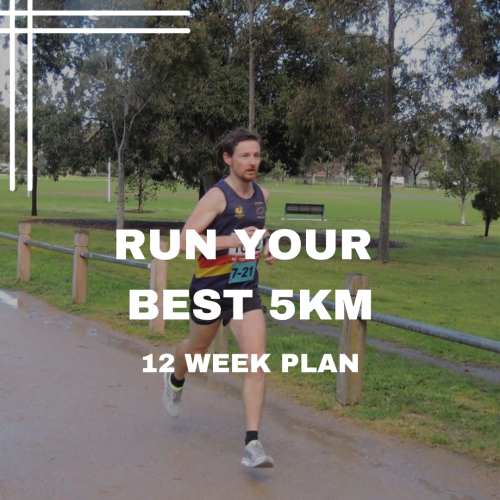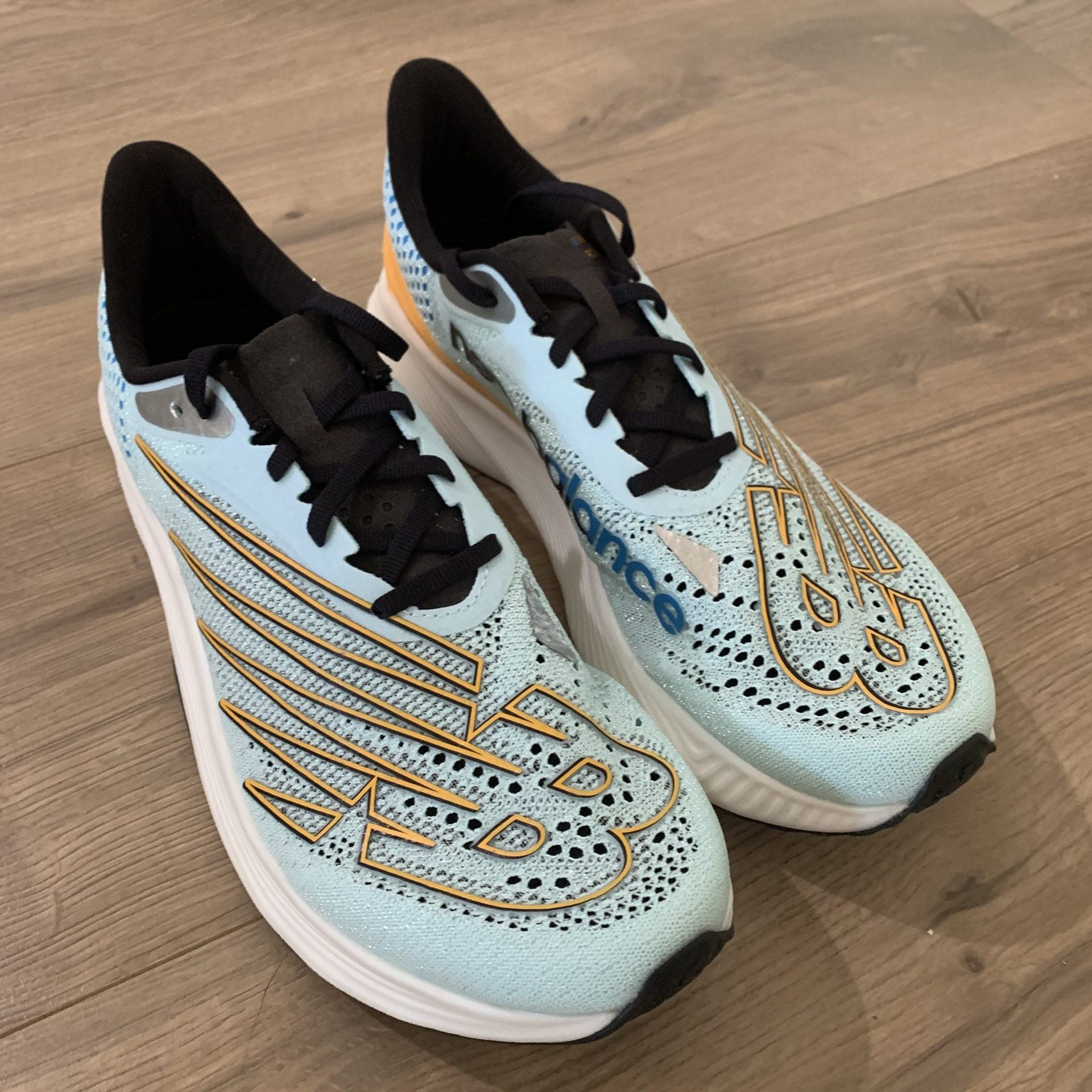
Running shoes are arguably the most important piece of equipment a runner can buy. The one thing between your feet and the road, concrete, track, trail or any other surface you’re running on.
The right pair of running shoes can help keep you injury free or boost you to your next personal best.
So what are the best running shoes to buy? Unfortunately there is no simple answer, it depends on a whole range of factors.
Types of shoes and running shoe rotation
The first thing to consider is what type of shoe do you need?
One pair of shoes
If you’re just starting out, unless you’re a shoe junkie, you’re likely to start with one pair of running shoes.
For one pair of shoes you want a shoe that can do a bit of everything, typically known as a “daily trainer”.
Some examples include the Brooks Ghost, Nike Pegasus, Saucony Ride and New Balance 1080.
Two pairs of shoes
If you’re extending to two pair of shoes, it’s ideal to have one pair of shoes for easier running, and one pair of shoes for faster workouts and races.
A two pair rotation may be something along the lines of the Brooks Glycerin 20 (cushioned and comfortable for clocking up long distances) and the Saucony Endorphin Speed (a versatile shoe for faster training and races).
Three pairs of shoes
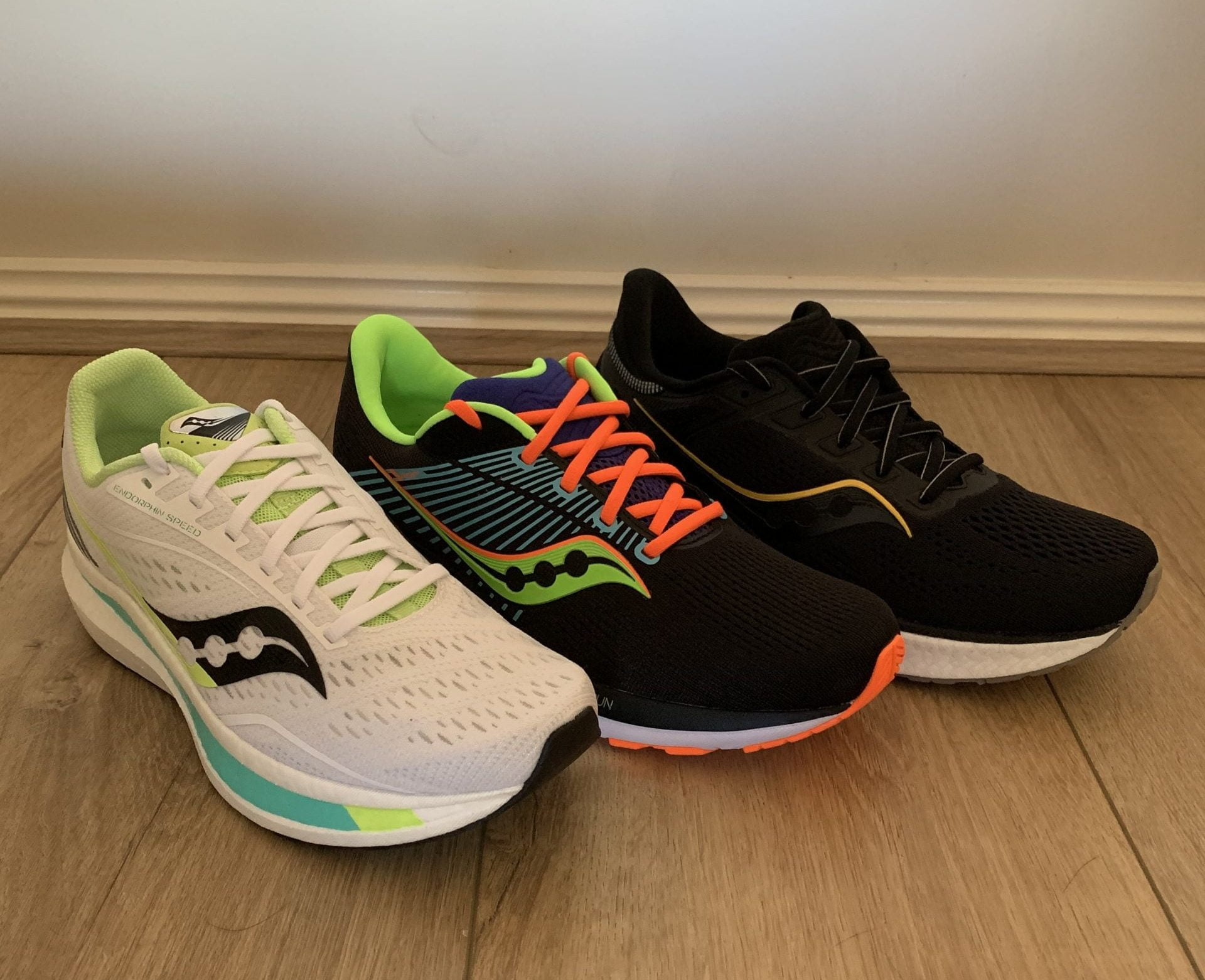
A three pair lineup of Saucony running shoes (Endorphin Speed, Guide and Hurricane)
Adding a third shoe to the rotation I would recommend looking at a dedicated racing shoe. The shoe you pick will be highly dependant on what type of races you’re focussed on.
For longer road races you should look at a carbon plated super shoe like the Nike Vaporfly or Saucony Endorphin Pro.
If you’re more focussed on the trails you might want to pick up a specific trail shoe, or shorter races maybe a shoe more specific to 5k or shorter distances.
Four pairs plus?
With a running shoe quiver of four or more pairs you’re in to the position of having different pairs of shoes to suit a variety of different runs.
You may have a shoe specific for recovery runs, long runs, track races, cross country, threshold workouts, long road races, short road races and so on. This is getting into real “running shoe nerd” territory.
What shoe brand or model should I buy?
It’s impossible to recommend one brand or model to buy. The truth is most of them are good, it really depends on how the shoe fits your foot and how it works with your stride. One of the biggest indicators of a good running shoe, is if it is comfortable. A shoe that feels comfortable to you is likely a good shoe.
I highly recommend heading to your local running store to get fitted and try different pairs of shoes. At the store they can get you on the treadmill and look at how well different pairs of shoes work for you. If you’re local The Running Company is a fantastic option.
Neutral vs Stability shoes?
This is another question that’s best answered by heading to your local running store and getting assessed on the treadmill. I will say that “stability” shoes are a bit of a thing of the past now and running brands lean more towards offering support or guidance shoes using more natural forms of stability.
Personally I do find running the bulk of my kms in a supportive shoe works for me. Currently the Brooks Glycerin GTS. However I’ll happily race in any shoe, although do tend to lean towards choosing more stable options. You may find you need a similar approach or it may be a non factor for you.
Is it worth buying a carbon plated shoe?
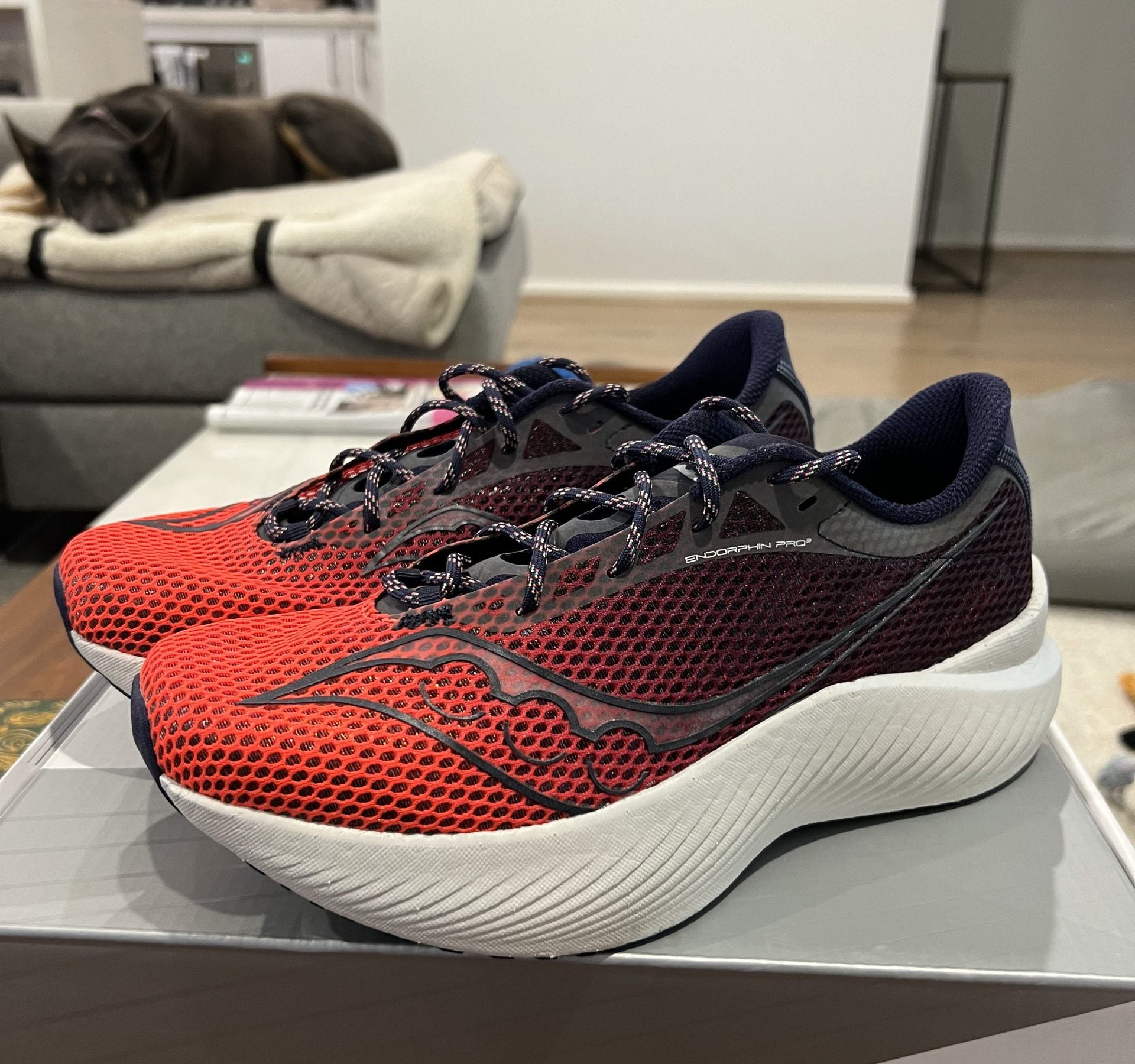
The short answer is yes. There’s a measurable performance benefit racing in a carbon plated shoe. The stiff carbon plate combined with new lighter and responsive foam provide improvements in energy return and running economy. The downside is that they are expensive, but if you have the cash to spend their certainly worth a try for your next road race.
When to replace shoes?
The general recommendation is to replace your shoes somewhere between 500-800kms of running. I suggest tracking your shoe mileage on your preferred running app (Final Surge, Strava, Garmin, etc. all offer this feature). That way you know when they’re in that range and should consider replacing them. You will often know when they’re starting to feel flat, and that can be the time to begin rotating in a replacement pair of shoes.
Leaving them too long can mean they stop offering the same support that they once did, and can be a potential risk for injury.
About the author : Ben Mudie
Ben is the head coach at Beam Running. Ben first took up running in 2013 and it changed his life. He now wants to share that with others.

Thanks Ben, was honestly everything I thought it would be. Was a lot of mental game from early on. You’re advice really helped. I really stuck to the plan and the last 10km I just took it 1km at a time and knew I had enough left in the tank to keep going. It was such an overwhelming experience something I’ve never had felt in my life. Again thank you for everything, I know in myself I would never have achieved what I did without your help and training.

Thanks to an amazing running program by my coach Ben Mudie!!!

I WOULD LIKE TO THANK @ben_mudie for helping me with my training plan for @austrunningfest half mara… I did it! PB!

Having my runs set out each week is probably my favourite thing. It’s very nice not having to think about it, allows me to laser focus each session and get the most out of it



